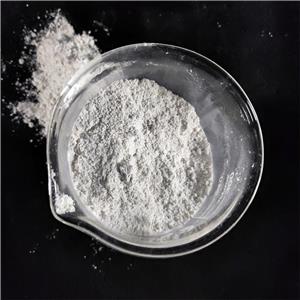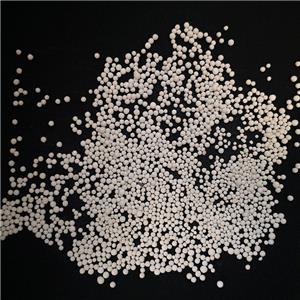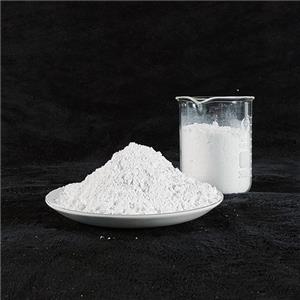Silica ore "thoroughly tempered" into thousands of changes "organic silicon"
Preface: there is a kind of material really magical!It can be better than water fluidity, but also can be more viscous than honey, asphalt, and can even be made into rubber like plasticine;It can be as soft as a sponge or as hard as quartz;It can be used as a binder, or it can be non-stick at all, and it can help release the shape;It can be very hydrophilic or very hydrophobic;It can be very bright, it can also be made into a matte;It can be used as insulation, it can also help to conduct heat and electricity;It can be used for foaming, it can be used for defoaming...This magical thing is organosilicon, it is said that it is made from the ore silicon thoroughly tempered, below take a look!!
Silicone, known as "industrial monosodium glutamate", is a silicone compound, which is a compound containing Si-O bond and with at least one of its organic groups connected directly with silicon atoms. It is also custom to regard those compounds that connect the organic groups with silicon atoms through oxygen, sulfur, nitrogen, etc., as silicone compounds.With silica, among them the key (- Si - 0 - Si -) as the skeleton of polysiloxane, is the largest organic silicon compounds, and studies the deepest, the most widely used type of account for about 90% of the total amount above, other polymeric materials because of its incomparable unique properties, such as: high and low temperature, moisture, insulation resistance, corrosion resistance, ageing resistance and physiological inertia etc.
Three basic raw materials:
Simply put, there are three basic raw materials of organosilicon:Silicon metal, methanol and hydrogen chloride, first let methanol and hydrogen chloride react to form methane chloride (CH3Cl), then let silicon and methane chloride react,The main products obtained are methyl trichlorosilane (Sich3Cl3), dimethyl dichlorosilane (Si(CH3)2Cl2), trimethyl chlorosilane (Si(CH3)3Cl) and tetrachlorosilane (SiCl4).Hydrolyze these chlorosilanes, and you get various kinds of silicols, by replacing the chlorine atom (Cl) in the chlorosilanes with the hydroxyl group (OH).These hydroxyl groups are all reactive, and their reactivity, coupled with the four-directional properties of silicon atoms, creates the ever-changing properties of organosilicon.Its downstream organosilicone products, mainly silicone rubber (room temperature vulcanized rubber and high temperature vulcanized rubber), silicone oil, silicone resin, silicone coupling agent and other four categories, up to 10,000 kinds.In addition, the monomer by-product in the process of organosilicone production can also be gaseous silica, which not only solves the problem of tail gas treatment, but also realizes the effective utilization of resources.
Structure and performance:
The main chain structure of organosilicon is Si-O bond, and the side chain is connected with various other organic groups through silicon atoms. In addition, the structure of organosilicon products contains both "organic groups" and "inorganic structures".Moreover, the bond energy of Si-O bond in organosilicate is far greater than that of C-C bond, so the thermal stability of organosilicate products is high, and the chemical bonds of molecules will not break or decompose under high temperature (or radiation irradiation).Therefore, it can withstand high and low temperature, can be used in a wide temperature range;At the same time, there is no double bond in the main chain, which is not easy to be decomposed by ultraviolet light and ozone.The special composition and molecular structure make the organosilicone material set the function of organic and inorganic in a body, has the excellent high and low temperature resistance, weather resistance, electrical insulation, biological compatibility, etc.Silicone materials have been widely used in construction, electronics, electrical, chemical and other civil aspects, and even in aviation, cutting-edge technology, military technology departments and other fields also have a large number of applications.For example, the extreme conditions of outer space, the extreme cold of Siberia or the extreme heat of the Sahara desert can show excellent characteristics.




